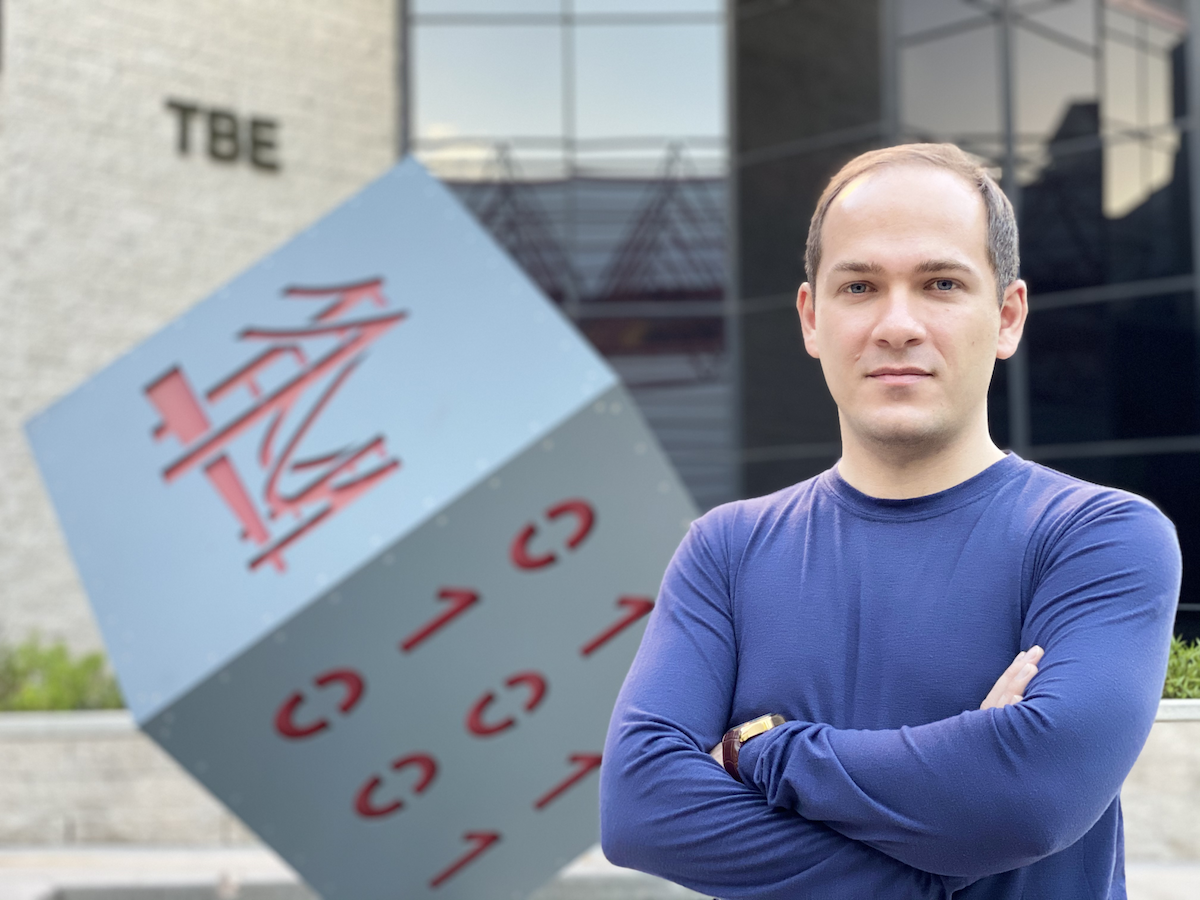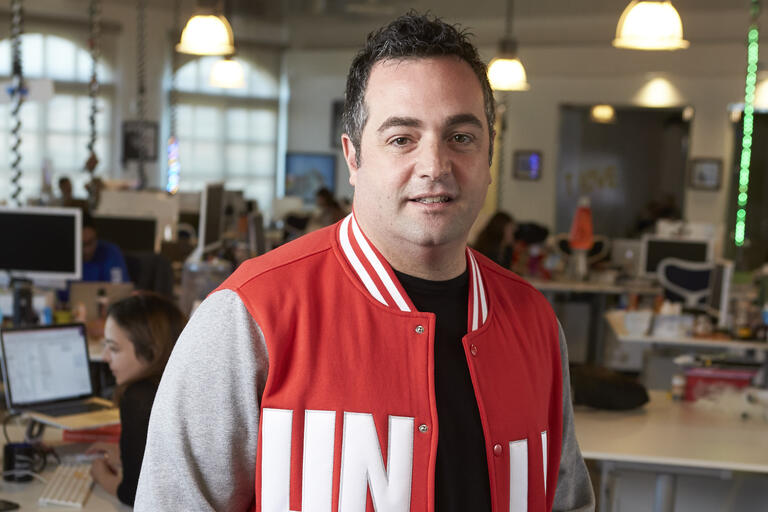The resume of UNLV Engineering doctoral graduate Mohammad Nazari-Sharabian reads more like that of a faculty member than a student.
He’s an author or co-author of 17 peer-reviewed publications (not to mention book chapters and conference presentations); he has a strong record of teaching, which includes summer outreach for high-achieving middle and high school students; and he’s contributed to public outreach for his work on water resources, an area of particular significance to drought-ridden Southern Nevada.
As a member of the UNLV Class of ’20, Mohammad looks back fondly on his busy time at UNLV. His greatest memories include the support and encouragement of faculty mentors, whom he credits for contributing to his success and his continuing love of engineering.
Then there’s the late nights in the lab and countless related experiments that could one-day lessen the impacts of summer flooding on local roads – work he was able to talk about on TV.
On research and what drew him to UNLV
I came to UNLV to conduct research in the College of Engineering’s fluid dynamics lab, with support from an incredible advisor in Professor Moses Karakouzian and a compassionate department chair in Professor Donald Hayes. One of the most important ingredients for a successful, productive, and satisfying experience for a Ph.D. student is having an advisor who motivates and encourages the students in an intellectually stimulating, pleasant and compassionate environment. Dr. Karakouzian (AKA Dr. K on campus) provided me the opportunity to work with him and flourish in such an environment. He is my mentor, confidant, and “father” away from home.
During a heavy rainfall, flood control channels can fill to capacity with very fast flowing water. Drainage pipes from surrounding areas also flow into these channels. The goal of our research was to investigate the effect of the entry angle of these drainage pipes on the water flow in the flood control channels. The flood control channels, the drainage pipes, and their entry angles all need to be designed to prevent overflowing and splashing of floodwaters.
After performing more than 70 lab experiments and 700 simulations, we developed conservative hydraulic design curves that can be used by engineers to design flood control channels with lateral drainage pipes for different flow conditions and entry angles.
On authoring or co-authoring more than 15 research publications
My scholarly output at UNLV has been interdisciplinary, integrating knowledge and methods from different disciplines using a real synthesis of approaches. This includes integrated water resources modeling and management, water quality, climate change impact assessment, open channel flow, experimental and computational hydraulics, soil-water interaction, water on Mars, etc. I believe it’s important to interact and collaborate with scientists and engineers from different disciplines.
I feel very satisfied when the research I spent so much time and energy on is published, because then it can be implemented by other researchers and policymakers to enhance some field of science and to solve real-world problems, instead of gathering dust in a library.
On the importance of pursuing STEM disciplines
STEM jobs are available in many fields, including research, teaching, industry, and even civil service. More jobs are added all the time, so, scarcity of positions is not an issue in this growing area.
STEM fields can also be high-paying, but for me and many others, careers in science, math, and technology are not just jobs. They're a passion. If your career is something you enjoy doing, you'll lead a happier and more productive life. You won’t dread going to work every day and you’ll be among the lucky who like to brag about your job. Even if your grades weren't the best, even if your pay isn't as high as you'd like, pursuing what you love is a reward all its own.
Most memorable campus experience at UNLV, and what’s next
I enjoyed the time I spent at UNLV and had several memorable experiences.
I remember fondly an interview with Clark County’s Flood Channel regarding my research in the fluid dynamics lab on campus. I talked about the importance of my application-oriented research and how it was going to be implemented by the Clark County Regional Flood Control District to modify the code they use in the design of flood control channel confluences with lateral drainage pipes.
I plan to continue my research in water resources engineering and hydraulics. My ultimate goal is to join a university as a faculty member, but at the moment, I would like to gain some industry experience by working outside academia. I want to identify real-world problems and learn how to deal with them in the engineering world so that my future research projects align.
Advice for students considering a career in engineering
My advice to students considering a career in engineering is that they should be flexible when looking for jobs.
If they did not find exactly what they were looking for, they should not be disappointed. Every job and work environment is a new challenge and an opportunity to learn something new.



